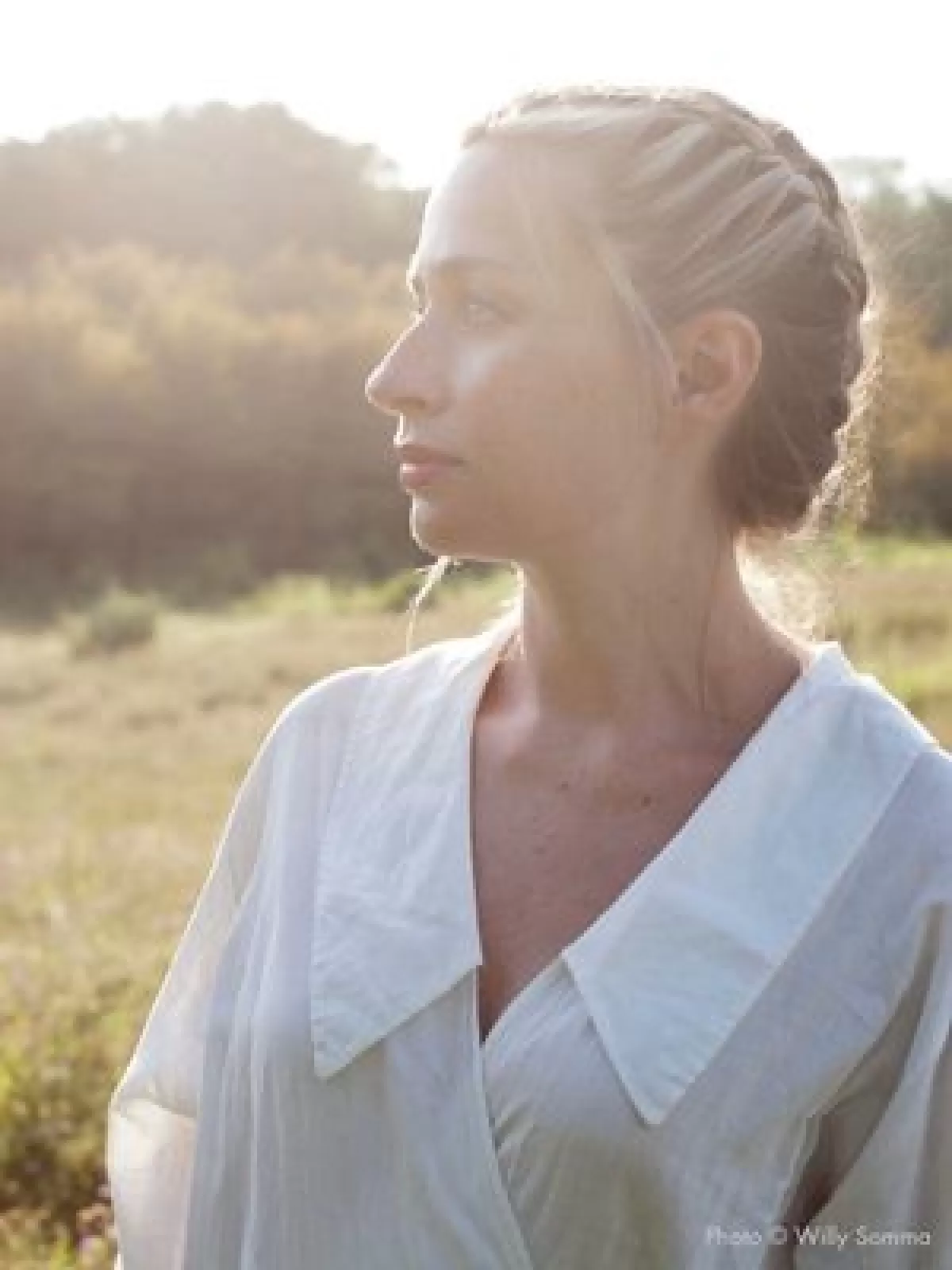- April 03, 2024
Sarah Kirkland Snider On Composing "Mass for the Endangered"
 On Sept. 25, 2020, Composer Sarah Kirkland Snider released her album Mass for the Endangered, a celebration of, and an elegy for, the natural world—animals, plants, insects, the planet itself—an appeal for greater awareness, urgency, and action.
On Sept. 25, 2020, Composer Sarah Kirkland Snider released her album Mass for the Endangered, a celebration of, and an elegy for, the natural world—animals, plants, insects, the planet itself—an appeal for greater awareness, urgency, and action.
The piece is a six-movement Mass for the Endangered and is a rumination on the concept of the traditional Catholic Mass. It features a libretto by Nathaniel Bellows.
Snider is a well-known composer who has been commissioned and performed by the New York Philharmonic, the San Francisco Symphony, the National Symphony Orchestra, the Detroit Symphony Orchestra, the Indianapolis Symphony Orchestra, the Kansas City Symphony, and the St. Paul Chamber Orchestra.
OperaWire had a chance to speak with Snider about her album, the piece, and where she plans to showcase it. Below are the first two question and answers. Read the full conversation on OperaWire.com
OperaWire: Tell me about the work and your inspiration for it? How long did it take you to compose it?
Sarah Kirkland Snider: Trinity Wall Street commissioned five composers to re-imagine the Mass, which was a wonderful project conceived by composer Danny Felsenfeld. I asked my frequent collaborator, the poet/writer Nathaniel Bellows if he would write the text, and he suggested the topic of endangered animals.
We’re both strongly inspired by the natural world — we wrote a song cycle about it and childhood memory, and we’ve talked a lot about the spiritual role nature plays in our lives and our mutual weakness for sometimes preferring animals to humans. So I loved the idea.
What we sought to do was use the traditional Catholic Mass as a prism through which to worship, celebrate, and eulogize endangered animals and their imperiled habitats, praying to a higher power for mercy, forgiveness, and intervention. But where the Catholic Mass pleads to a God conceived in the image of man, our “Mass” pleads to nature itself, or Mother Earth.
Once I started writing, the music came quickly, for me–a few months. After Trinity gave it a gorgeous premiere in 2018, I spent the next year revising it, and I added another movement (Alleluia.)
OW: Tell me about your collaboration with Nathaniel Bellows and what was exciting about working with him?
SKS: Nathaniel and I are old friends; I’ve known him since college. We’ve worked together on many projects. In addition to a shared artistic sensibility, there is a real ease of communication with him; I don’t have to think twice about saying “I’m hearing something else here — can we try X, Y, Z?”, which can be hard to come by in text-music collaborations. I love his approach to language–it is elegant and timeless, lyrical, and layered. And it leaves room for the music to say something. In addition to being a poet, novelist, and visual artist, he is also a gifted songwriter, so he innately understands what kind of text works for music.
Review for Mass for the Endangered
At a time when singers, especially choristers, are the hardest hit musicians, a glorious choral album from composer Sarah Kirkland Snider renewed my faith in humans joining in song for purpose and strength. Mass for the Endangered might be inspired by the traditional Catholic mass but Snider's 21st century twist focuses not on our relationship to God, but instead to the flora and fauna on our planet. With layers of sweet and tangy harmonies, shooting out in radiant beams, Snider must be recognized as one of today's most compelling composers for the human voice.
- Tom Huizenga, Deceptive Cadence, NPR Classical
Hear this piece performed live by Orange County's GRAMMY®-winning Pacific Chorale on June 1, 2024 at 7:30 pm at the Renée and Henry Segerstrom Concert Hall. Tickets start at $28. Learn More.

